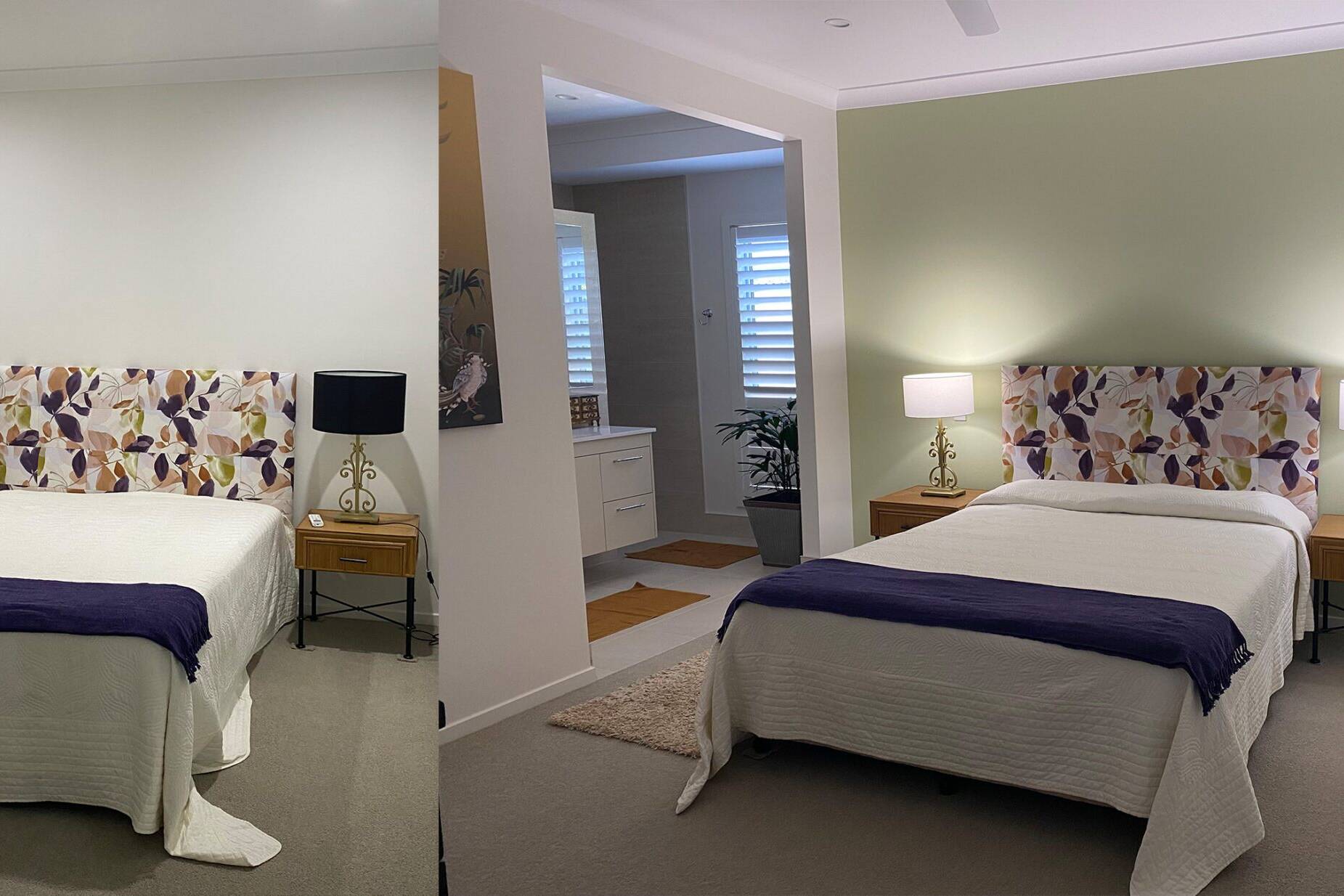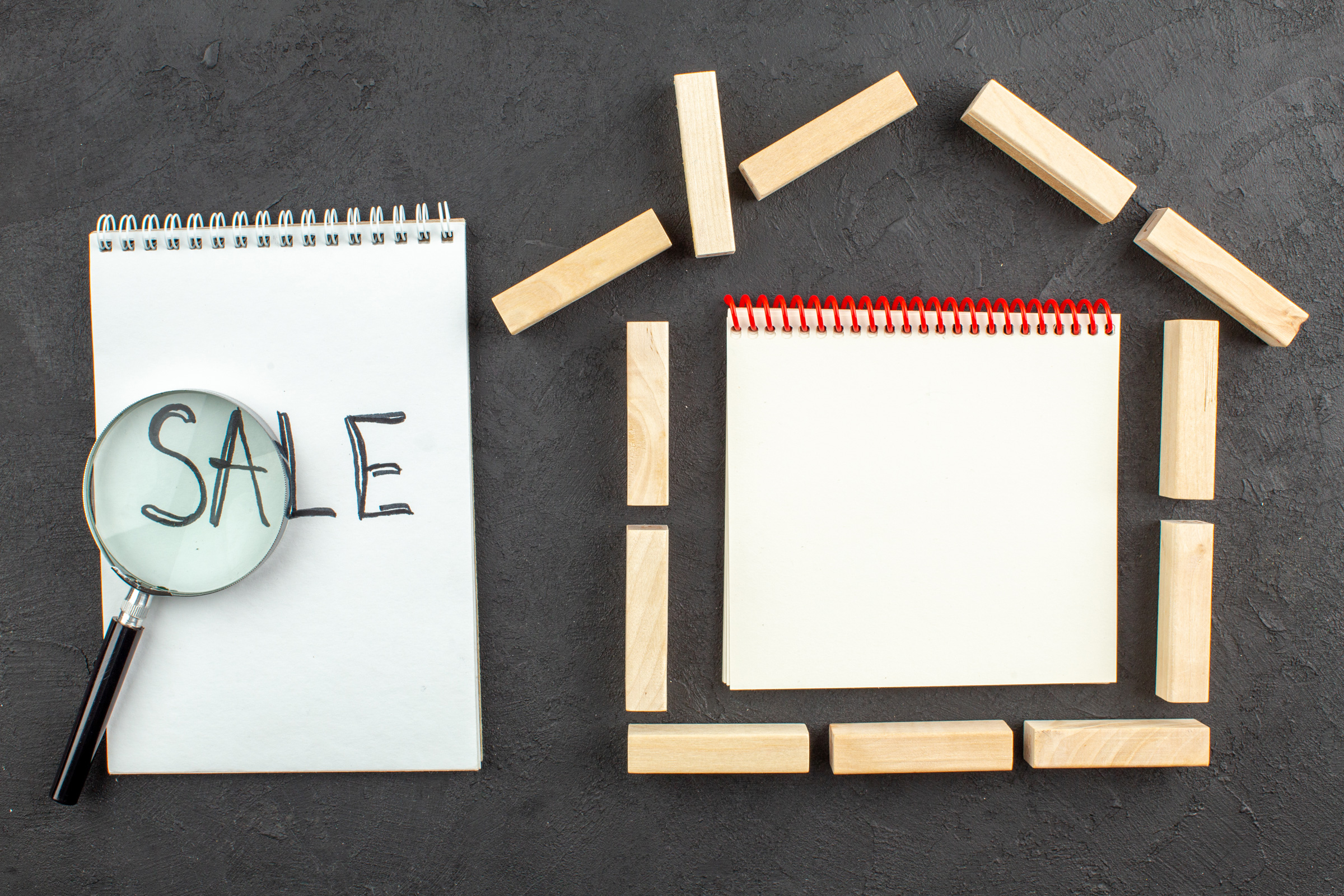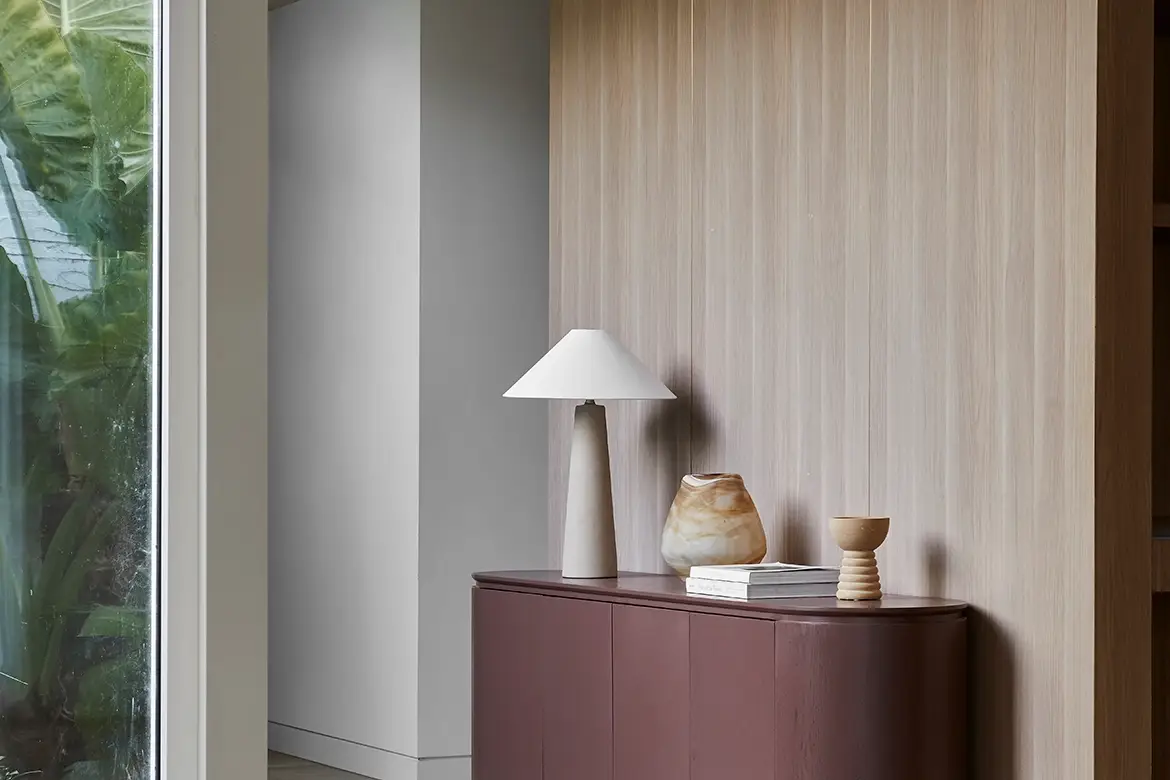I want my kitchen to feel spacious and welcoming – where do I start?
A great starting point is looking at what areas of your kitchen you dislike or need replacing; and what you would like to have to renew your love of your kitchen. Next step is to look at how much you can invest in your kitchen renovation – quality is important as this is a well-used space, so durability and reliability are a must-have. Once the investment amount is identified then you start looking at what needs to change versus what you want changed!
Two elements that cost next to nothing that will make your kitchen feel spacious and welcoming are natural light and decluttering of benchtops or open shelves. Whether you need to capture natural light from the clever use of glossy or reflective finishes; or from changing a window covering that currently smothers the light filtering from outside.
Next, look at adding various levels of artificial light to create “moods” – pendant lights to define a space, downlights to provide an all over task light and LED strip lighting to create ambience, interest, or accent. The finishing touch would be adding something from nature – fresh fruit in a bowl or fresh soft scented flowers in a vessel!
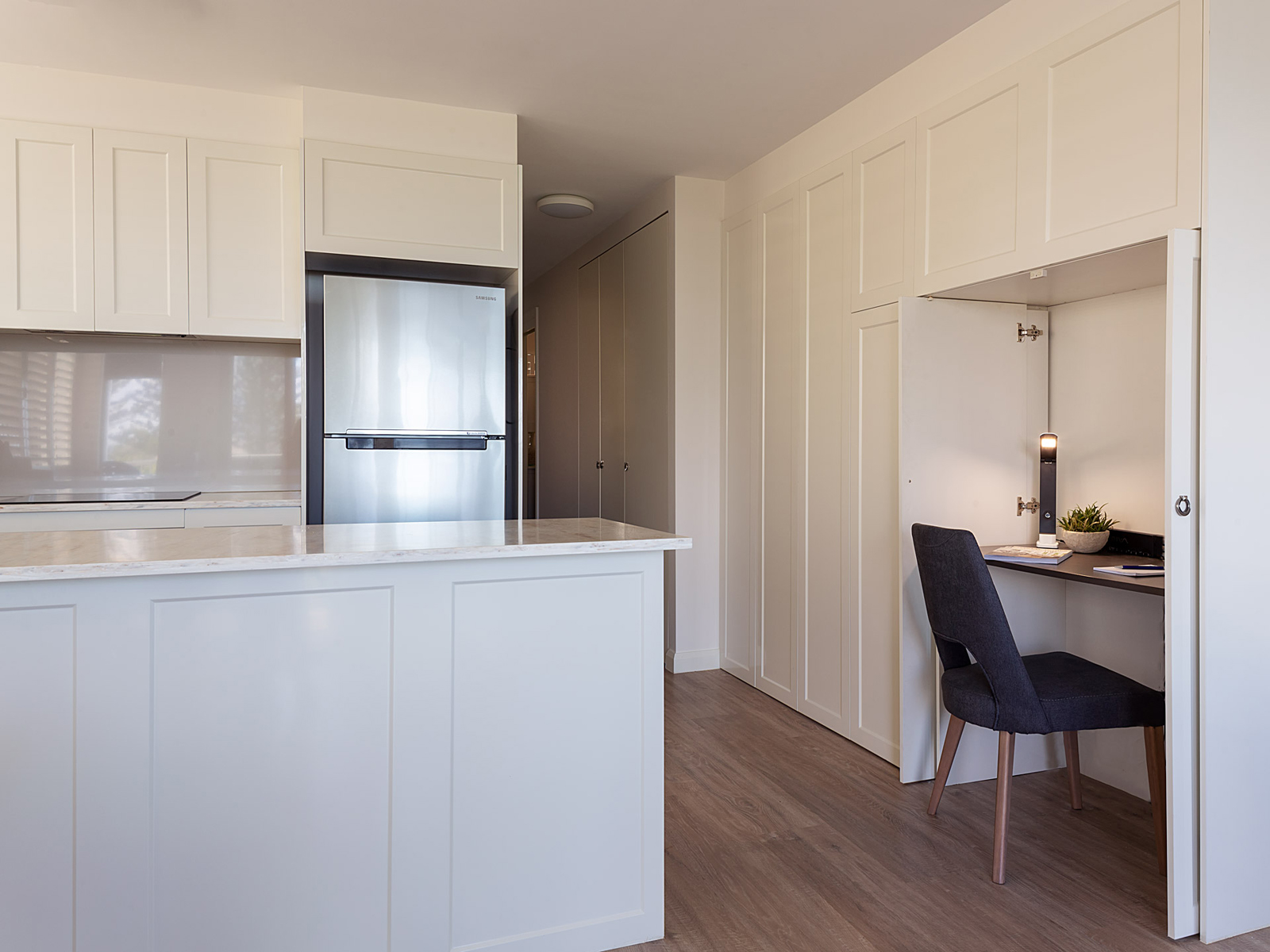
Durability and reliability are a must-have.
How do I choose a colour scheme and materials that I know I’ll still love in 10 years’ time?
Classic and neutral is the simplest way to choosing a colour scheme that will stand the test of time, whether as a trend or as an individual taste. The key, however, is adding an accent colour to create interest – it will give you the versatility to change without the expense of having to replace the whole kitchen! The accent colour can be a flavour of the moment, or a current colour trend used in small amounts. It could be added in decorative items such as a fruit bowl, LED strip lighting, bar stools, pendant light shades, splashback or even tapware!
As for materials, kitchens are places that experience the highest traffic, host a variety of activities and a must-have in every home. Materials that are durable for their purpose is extremely important. Sticking to the neutral/classic colour scheme will ensure the materials you choose; you will continue to love; however, practicality is the key to making the right decision. Pure white looks great but will it be practical for a family situation if chosen for the floors or the benchtop? Your love will diminish over the years with the maintenance of keeping it clean!
Experiment adding an accent colour to create interest.
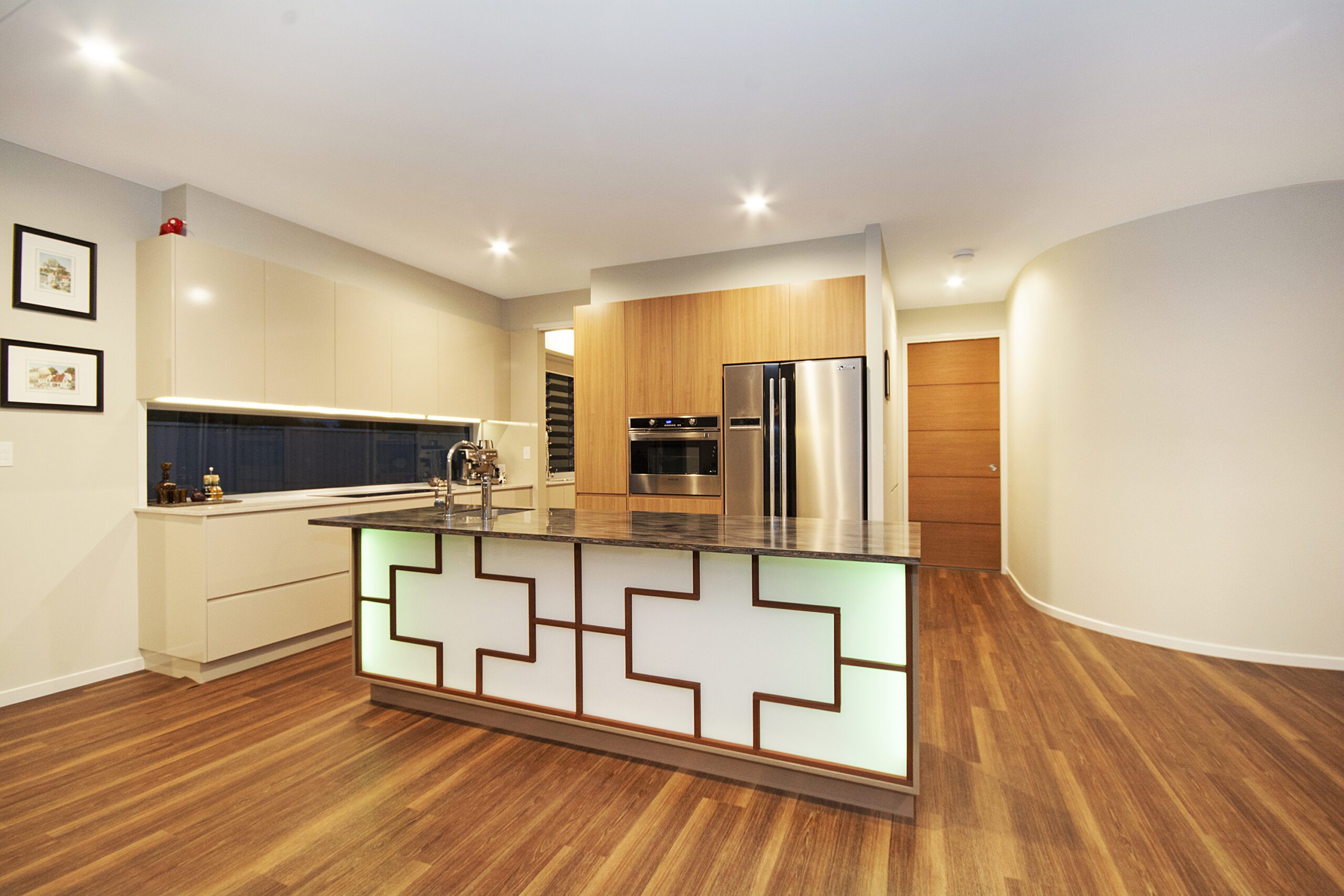
I really want these changes to increase the value of my home but I want to be savvy. What can I do that will make a difference, but won’t cost a fortune?
Kitchens sell homes with bathrooms not far behind. They are the costliest room to renovate, so being savvy where you spend the money is important. The look is the first and lasting impression for a buyer, so keeping it classic/neutral in colour will appeal to a broader market. If renovating, don’t go down the path of gutting the kitchen and replacing with a new one, unless it will resolve functional issues or enhance the potential of the house.
Simple changes like respraying or replacing just the door panels and drawer fronts and changing the benchtop may be sufficient. Overlaying stone over the existing laminate benchtop rather than replacing can save money; or if replacing select a stone colour that is from the standard range. Most standard ranges of any product generally have the classic, neutral colour choices. If changing the benchtop is not in the budget, then look at just changing the door and drawer handles, tapware and sink, drawer runners and hinges, and the splashback. A simple white, glossy splashback can sometimes uplift a kitchen without too much expense. Ensure there is good lighting, as noted previously, three levels of lighting being task, general and accent.
BEFORE
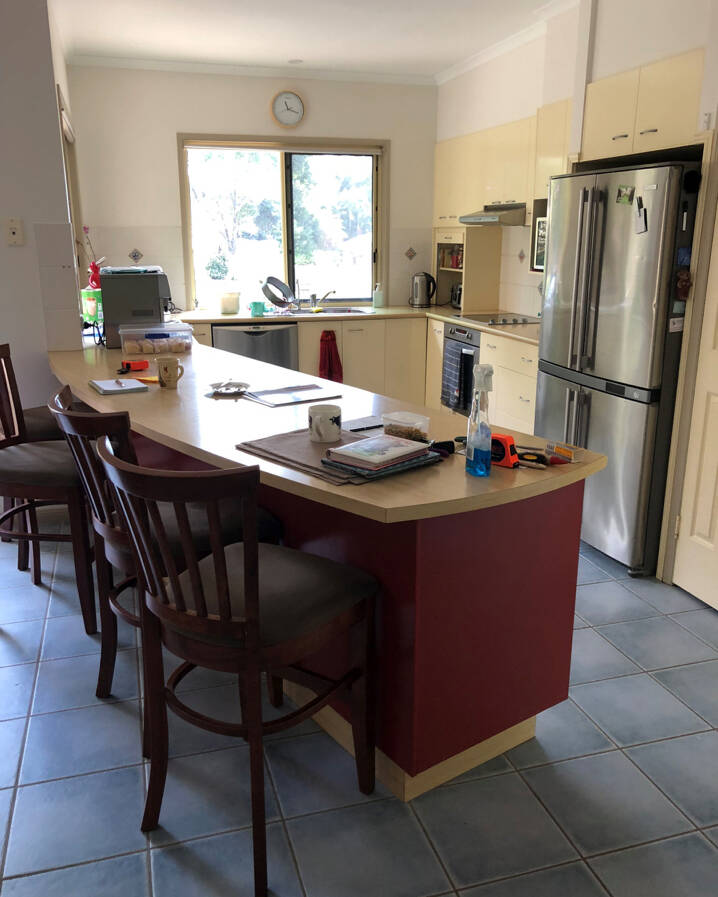
AFTER
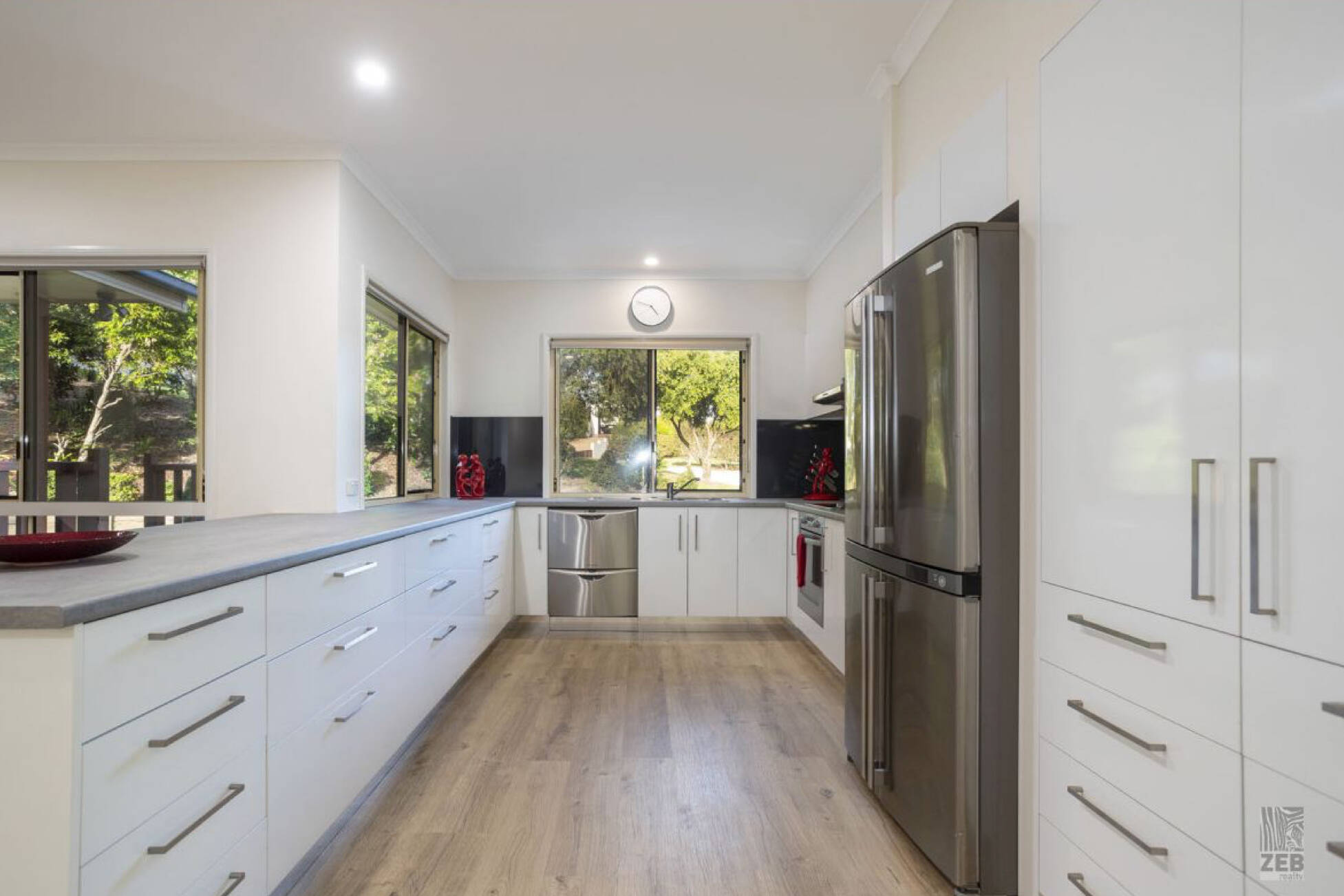
Related Posts
Transforming Your Space on a Budget
Flicking through glossy magazines, real estate photos online or visiting display homes, you can’t…
Should You Renovate or Sell? Tips for Making the Right Decision
When faced with the need for more space, updated features, or a change in lifestyle, many…
European Design Trends of 2024 Making Their Debut in Australia 2025
As the new year unfolds, European interior design trends are captivating the Australian market…

